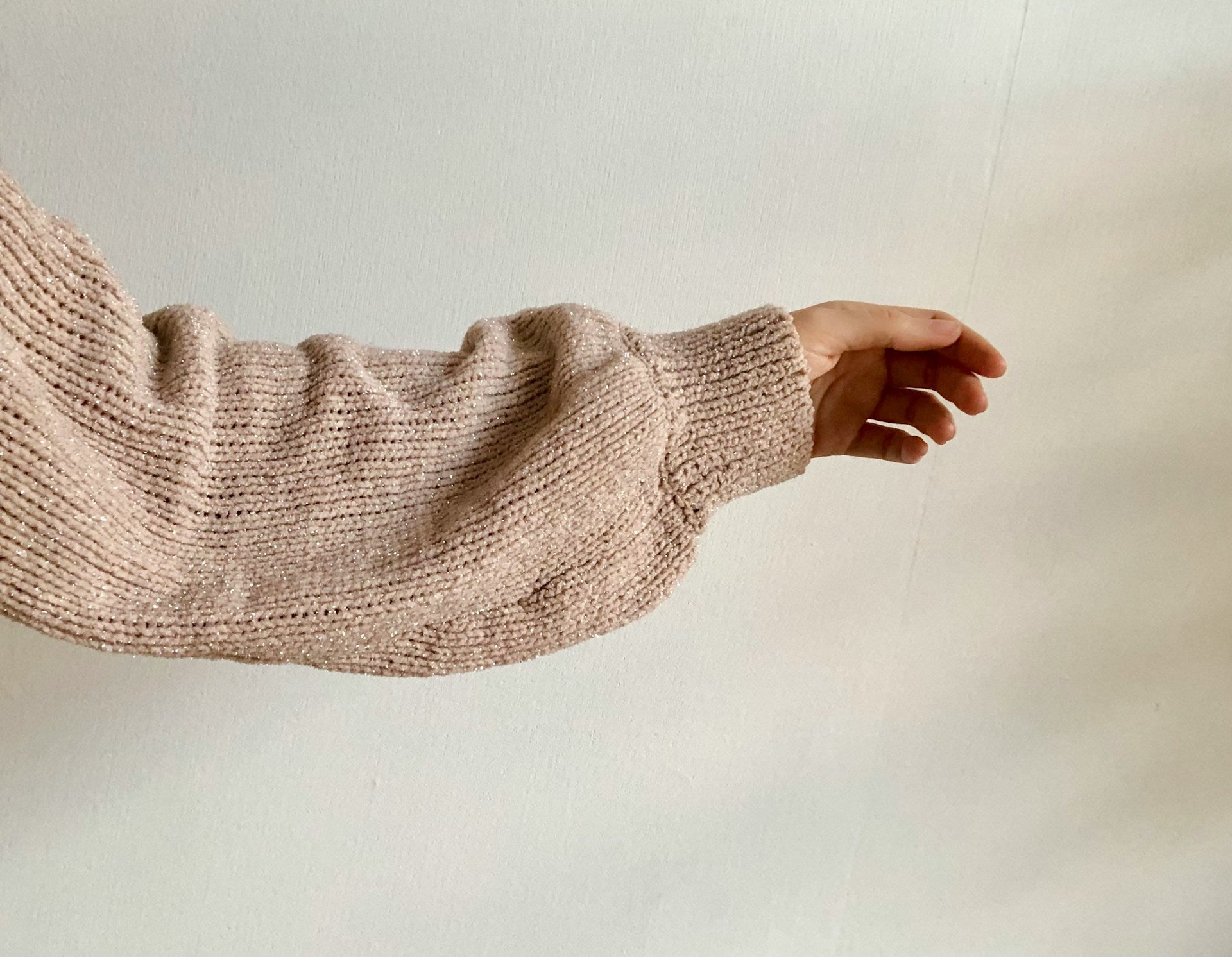
How to Clean Polyester Stains
Polyester is a versatile fabric, but it can be tricky when it comes to stain removal. The good news? You don’t need a ton of harsh chemicals to get the job done. Discover our steps for cleaning polyester stains using natural ingredients, plus tips for maintaining the fabric between washes.
The Best Way to Clean Polyester Stains

What You’ll Need:
- White vinegar
- Rubbing alcohol
- Baking soda
- Mild dish soap
- Laundry detergent
- Enzyme-based stain remover
- Blotting paper or a clean, absorbent cloth
- A small bowl or spray bottle
Steps:
- For any spot, the quicker you address it, the better. Use blotting paper or a cloth to gently dab the spot. Never rub! You don't want to spread it or push it deeper into the fibers.
Pro tip: Avoid bleach as it can stain or discolor fabrics, as well as pose potential safety hazards.
- Before tossing it in the wash, apply a pre-treatment to lift the spot. This can be as simple as applying some vinegar, baking soda paste, or a gentle dish soap. The best option is an enzyme-based stain remover that directly targets the spot.
Pro tip: Always rinse stains with cold water. Hot water can set stains, especially on polyester.
- Depending on the type of spot, select the right ingredient from the list below.
- Once pre-treated, wash your item in cold water with a mild laundry detergent.
- Avoid the dryer until the spot is completely gone. Heat can set a stain permanently.
Stain + What Ingredient Works Best
|
Stain Type |
Best Ingredient |
Why It Works |
|
Sweat |
Vinegar |
Neutralizes odor and breaks down proteins |
|
Ink/Paint |
Rubbing Alcohol |
Quick evaporation lifts pigments |
|
Oil/Grease |
Baking Soda / Dish Soap |
Absorbs and cuts through oils |
|
Coffee/Wine |
Vinegar / Baking Soda |
Tackles acidity and absorbs liquids |
|
General Food |
Dish Soap / Laundry Detergent |
Breaks down proteins and food particles |
Stain-Fighting Ingredients & Methods
Vinegar
- Best For: Sweat, ketchup, mustard, coffee, and light grease spots.
- Steps:
- Mix 1 part white vinegar with 2 parts water in a spray bottle or bowl.
- Dab or spray onto the stained area and let it sit for 15-20 minutes.
- Gently blot with a clean cloth.
- Pro Tip: Vinegar is a natural deodorizer, so it's excellent for sweat stains or any spot with a lingering smell.
Rubbing Alcohol
- Best For: Ink, paint, makeup, and dye spots.
- Steps:
- Apply a small amount of rubbing alcohol to a cotton ball or cloth and dab it onto the spot.
- Let it sit for a few minutes, then rinse with cold water.
- Pro Tip: Rubbing alcohol evaporates quickly, so it’s fantastic for ink, paint, or dye pots that might spread if overly wet.
Baking Soda
- Best For: Grease, oil, sauce, and acidic spots like tomato or wine.
- Steps:
- Make a paste with baking soda and water.
- Apply it directly to the spot, let it sit for 15-30 minutes, and then gently scrub with a soft brush or cloth.
- Pro Tip: Baking soda is great at lifting and absorbing spots. It’s perfect for oil and grease.
Dish Soap
- Best For: Grease, food, beverage, and any mystery spots (you know, the ones you can’t quite identify!).
- Steps:
- Mix a few drops of dish soap with water and apply to the spot.
- Gently massage it in with your fingers or a soft cloth.
- Rinse thoroughly with cold water.
- Pro Tip: Dish soap is formulated to cut through grease, making it perfect for food-based spots.
Laundry Detergent
- Best For: General spots, everyday spills, and clothing that's been left stained for a while.
- Steps:
- Pre-treat by applying a small amount of detergent directly to the spot.
- Rub gently and let it sit for 10-15 minutes before rinsing with cold water.
- Pro Tip: Use a mild, eco-friendly detergent to keep things sustainable.
Blotting Paper
Best For: Fresh oil, butter, or salad dressing spills.
- Steps:
- Place blotting paper over an oily stain and press gently with something flat (like the back of a spoon).
- Repeat until the paper no longer picks up oil.
- Pro Tips: Great for fresh oil spots that haven’t had time to set in.
Dos and Don'ts:
Dos:
- Do treat stains immediately.
- Do use cold water to rinse spots.
- Do pre-treat with natural ingredients like vinegar or baking soda.
- Do air dry to avoid heat setting spots.
Don’ts:
- Don’t use bleach – polyester is sensitive to bleach, which can cause discoloration and damage.
- Don’t rub stains vigorously; blot instead.
- Don’t use hot water or heat on stained polyester, as it can set the spot permanently.


























